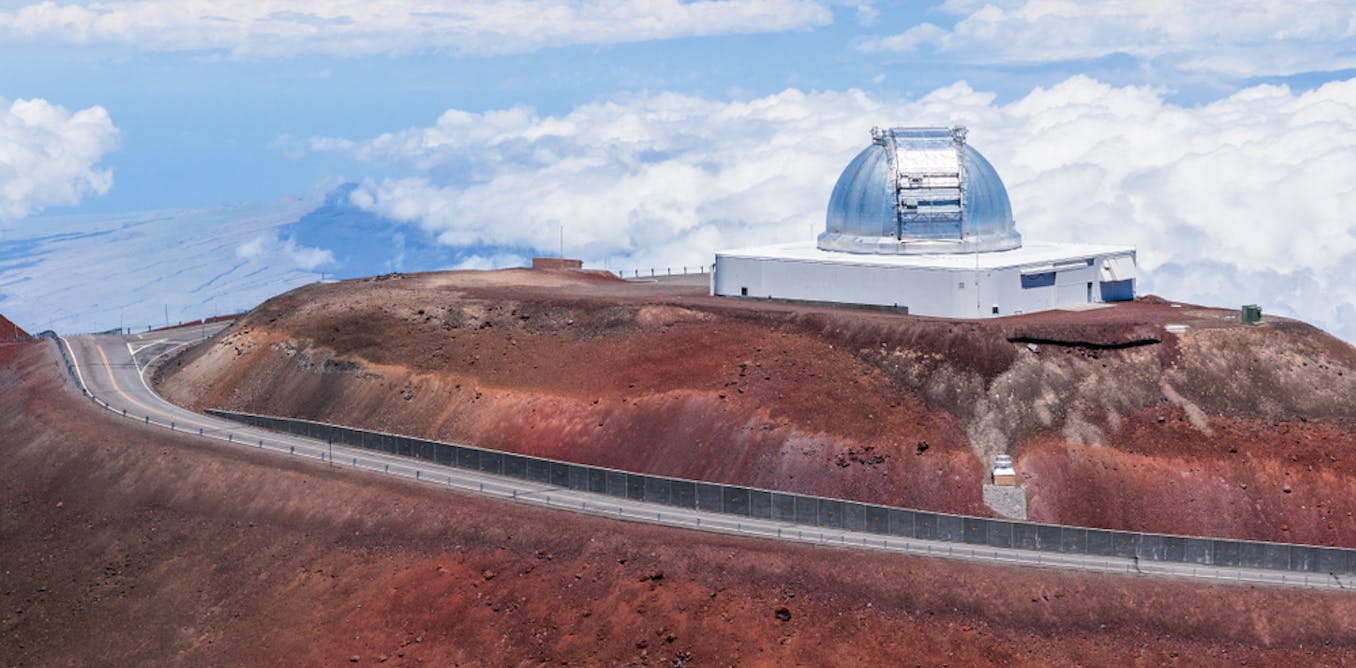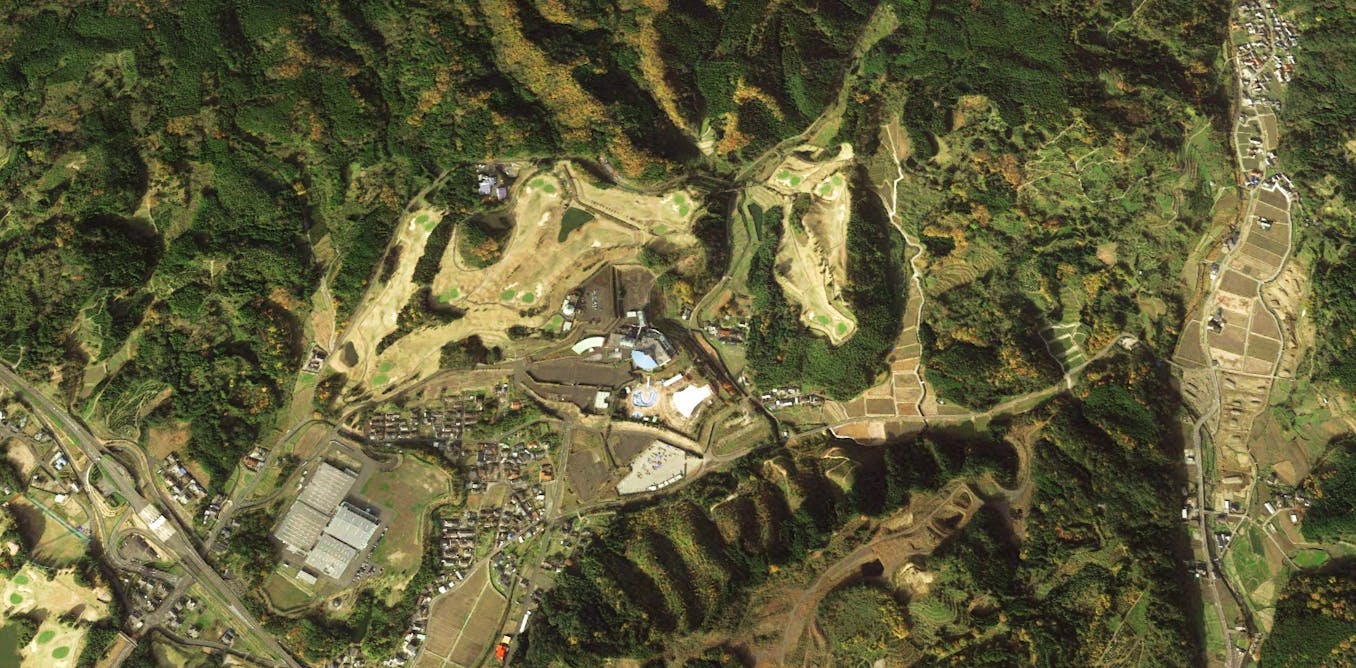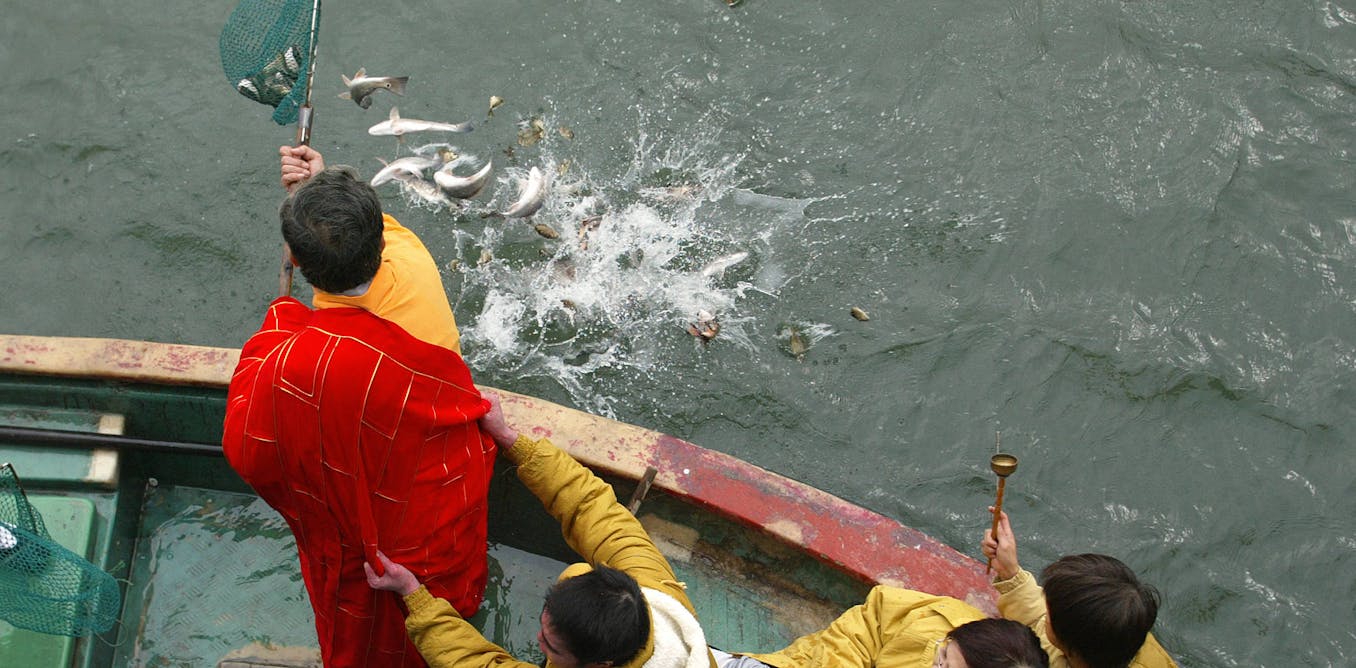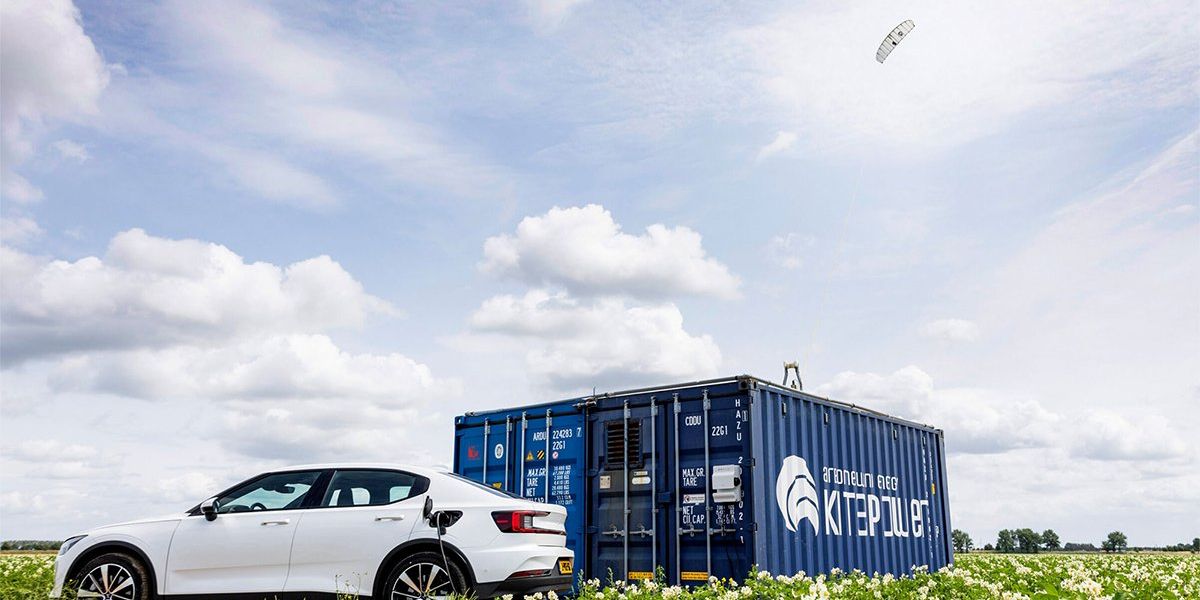On average, a humble wind turbine uses less land area per megawatt-hour than almost any other power source. Even so, a wind turbine and its tower can sometimes be too cumbersome.
The still-nascent field of airborne wind energy (AWE) has a solution: Swap out the turbine for a kite on a string. Not only is a kite nimbler than a turbine, it can deliver a more constant energy supply.
The steady, intense winds some 500 meters above sea level are capable of generating 1800 terawatts: enough to power the entire planet multiple times over. Even an entire flock of Hawks will only tap the lightest touch of that potential power.
One entrant trying to put AWE to market is the appropriately named Kitepower. This year, the Netherlands-based company will begin shipping its first system: the 40-kilowatt Hawk. Far from replacing traditional turbines, Kitepower hopes the Hawk can power sites that might turn to polluting diesel generators: temporary microgrids, for instance, or remote locations removed from the main grid.
The Hawk’s kite isn’t the kind you ordinarily fly for leisure. Rather, it is a fiberglass skeleton undergirding an inflatable wing, up to 60 square meters surface area. It flies in “pumping” cycles: the kite reels out, then the winch reels the kite back in. While the Hawk unfurls, the kite weaves to and fro in a figure-eight pattern, optimal to catch crosswinds. As the winds pull at the kite, they also pull at its tether—generating electricity on the ground.
After the tether reaches its maximum length, the ground station winches the kite back in. Though the Hawk must expend energy for reel-in, it only expends a fraction of the energy, resulting in a net energy gain that varies by wind speed. An entire cycle takes about 100 seconds: 80 for reel-out and 20 for reel-in.
Additionally, the Hawk comes attached to a 400 kWh battery: crucial for energy storage, especially in the isolated areas that Kitepower is targeting.
Kitepower says their airborne wind energy system neatly complements solar and even emergency conventional generators for a full-spectrum approach to off-grid electricity. Kitepower
“The power of airborne wind is that you have a much lower material footprint than a wind turbine or solar PV,” says Roland Schmehl, Kitepower’s co-founder and a mechanical engineer at Technical University Delft in the Netherlands. “This means a lower environmental footprint, which also means that you could go to areas which are more sensitive.”
AWE has been slow to take flight. Take Google’s Makani, which sought to generate wind power with a colossal 26-meter-wide drone. Makani’s 600-kilowatt demonstrator, tethered to a floating buoy at sea, attracted significant attention from the public and investment from Royal Dutch Shell. None of that stopped Google from grounding Makani in 2020, citing high costs.
The entire system fits into a standard shipping container, and Kitepower says assembly at a new site takes less than 24 hours.
Still, AWE…
Read full article: Flying Kites Deliver Container-Sized Power Generation
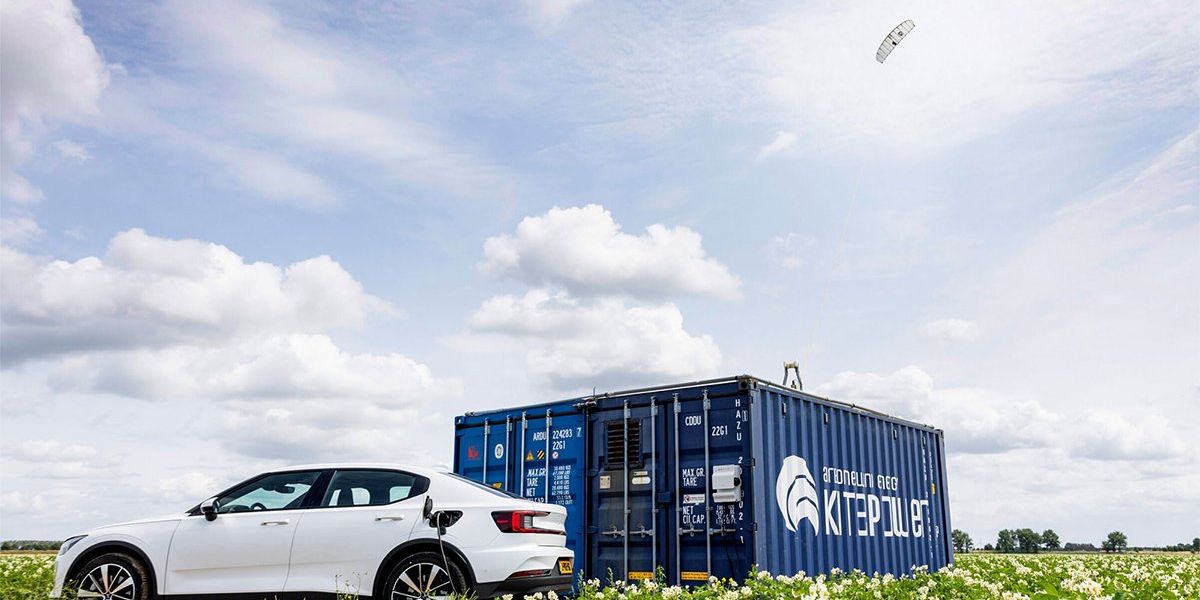
The post “Flying Kites Deliver Container-Sized Power Generation” by Rahul Rao was published on 01/17/2024 by spectrum.ieee.org










